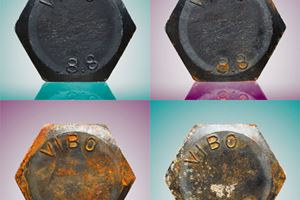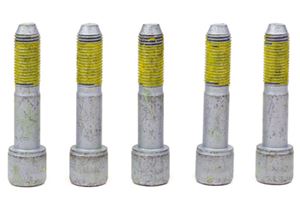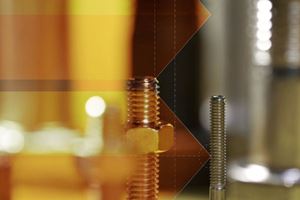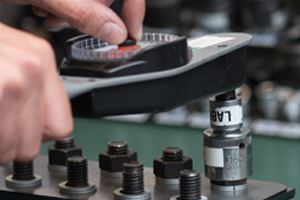Mythbusters: A common misconception is that stainless steel is never affected by corrosion
The Myth: A common misconception is that stainless steel is never affected by corrosion.
The Truth: In fact, all kinds of stainless steel can rust in poor conditions. It is, however, rarely a question of uniform or general corrosion but rather pitting or crevice corrosion, which is a consequence of the passive layer becoming damaged or being prevented from being rebuilt (repassivation).
Steel with a minimum chromium (Cr) content of 10.5% is known as ‘stainless steel’. Stainless steel has the ability to create a protective layer of chromium oxide, also known as a ‘passive layer’. Other alloying elements such as Nickel (Ni), Molybdenum (Mo) or Niobium (Nb) help to increase the corrosion resistance.
Crevice corrosion can be a result of repassivation being prevented due to lack of oxygen, for example, under the bolt head. Pitting corrosion may occur when the passivation layer is damaged locally. The unprotected steel underneath the passivation film then becomes anode and the material that is covered by the passivation layer becomes cathode. The corrosion process then progresses in a similar way to galvanic corrosion. Chloride-rich environments such as seawater, as well as acid environments or high temperatures, will always increase the risk of corrosion problems occurring.





